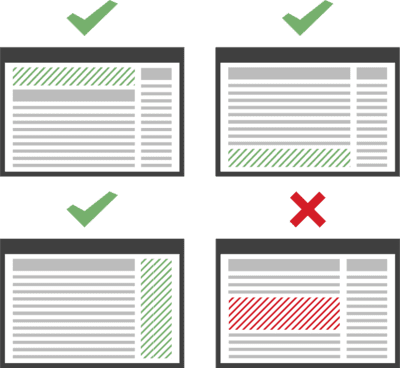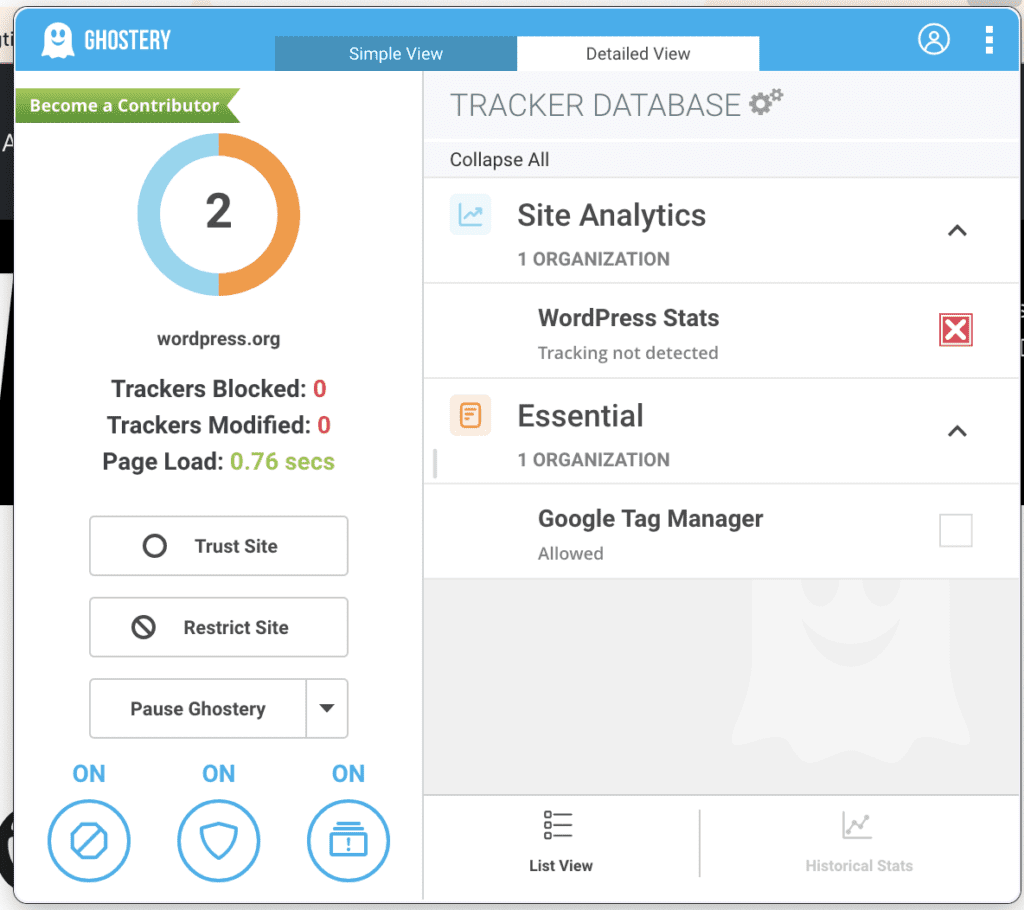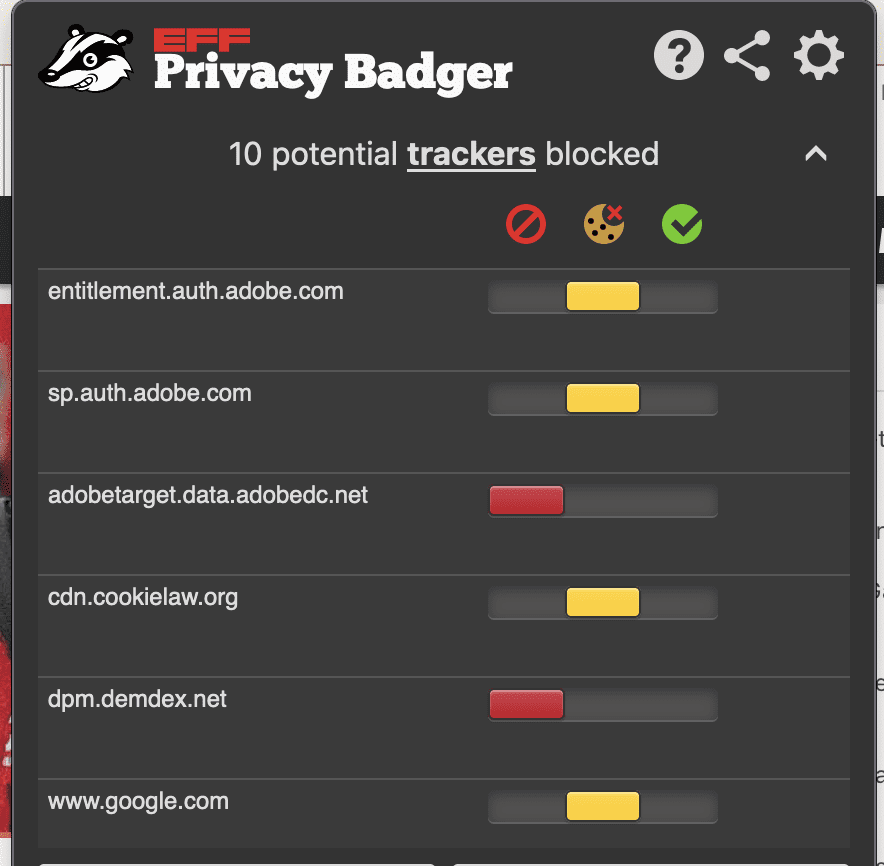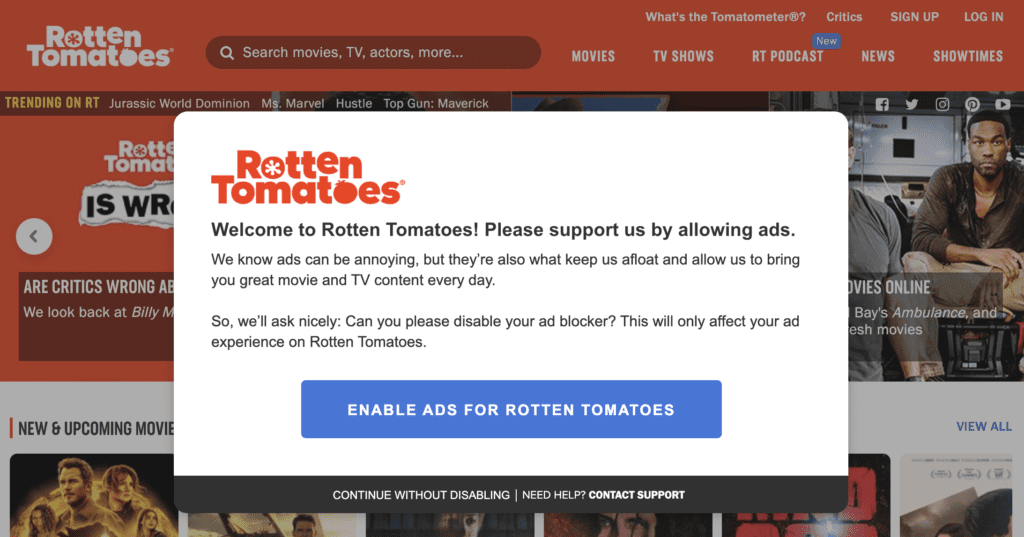This week we had an interesting question from a MetaSlider user. Their MetaSlider slideshow was working perfectly. However, when they uploaded one new image, that image would not show. The user had tested carefully and realized that the problem only happened when using a browser with the Adblock Plus browser extension.
We talked with this user and helped them solve this problem. It was an issue with the file name of this new image. Here’s our guide to solving this problem if Adblock Plus or other, similar ad-blocking extensions are causing issues on your site.
Table of Contents for this post
The problem may be your WordPress image names
Ab-blocking extensions are designed to blocks ads, so they have a variety of techniques to identify images that may be ads. If your images are being blocked, it’s possible that Adblock Plus is detecting them as ads.
Many ad-blocking extensions will look for keywords in your file names. Your images may be blocked if the file names contain words such as “banner”, “advert”, “adwords”, “header-ads” and so on. This means you always need to be careful with your filenames. Don’t use “adv” when you mean “advanced” because ad-blockers may read this as “advert”.
Your images may also be blocked if they they use the height and width of common ad sizes. These sizes include leaderboard (728×90), skyscraper (160×600), and rectangle (300×250). The problem may be worse if you include any of that information in the image name, such as leaderboard_728x90.png.
You might also need to use the same approach to check your site’s HTML. I’ve seen Adblock look at the HTML on a site to decide which images to block. For example, any images inside a div like this will immediately be suspect: <div id="header_banner"></div>.
Solve issues with ad-blockers and WordPress
Overall, there are three key things to check if you are having issues with ad-blockers:
- Don’t give your images names that could be confused with ads. Instead, do give your images descriptive names. This is good for your SEO because search engines will read your files names and use them to understand the image content.
- Ensure that your images do not have dimensions that are standard for ads. So don’t add images to your posts that are 728×90 or 300×250.
- Check that your content and images do not violate the acceptable ad criteria set by Adblock Plus. This image is taken from the Adblock Plus guidelines and shows that they don’t like ads that disrupt the content. Adblock Plus allows “non-intrusive ads” by default, so ensuring that your ads are not overly disruptive might prevent them from being blocked.

If you follow all this advice and ad-blocking extensions are still causing problems, the next step will be to check their results. Most ad-blocker extensions have tools that allow you to see what is being blocked. This screenshot below shows the Ghostery extension. I’ve tested Ghostery as a visitor to WordPress.org and it has blocked tracking scripts from WordPress and also Google.

This next screenshot shows the popular Privacy Badger extension. I’ve tested Privacy Badger on ESPN.com and it has blocked 10 different tracking scripts.

WordPress and Ad-Blockers Conclusion
If you are running a website that relies on advertising revenue, you can consider adding a message on your site asking users to disable their ad blockers for your site if they find the content valuable. Some users may whitelist your site after understanding that your ads are non-intrusive and support your content. This screenshot below is from the Rotten Tomatoes website. You can take a similar approach with the CHP Ads Block Detector plugin for WordPress.

Remember that while you can take steps to make your content less likely to be blocked, users have the right to use ad blockers if they choose. It’s essential to balance the need for revenue with providing a good user experience. If your site heavily relies on ads but users are blocking them, you may need to consider other monetization strategies.
